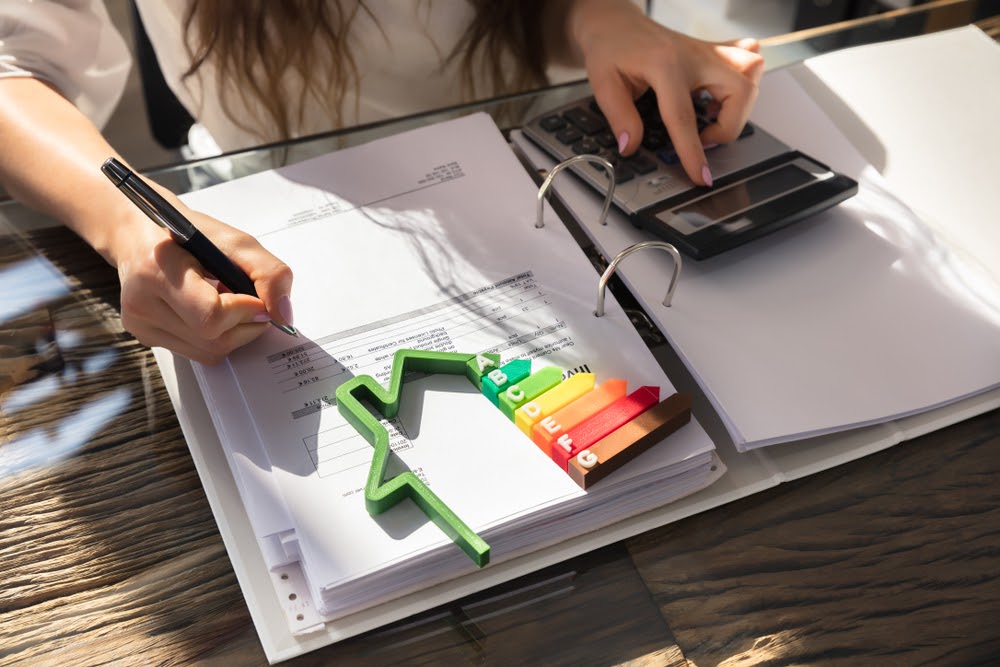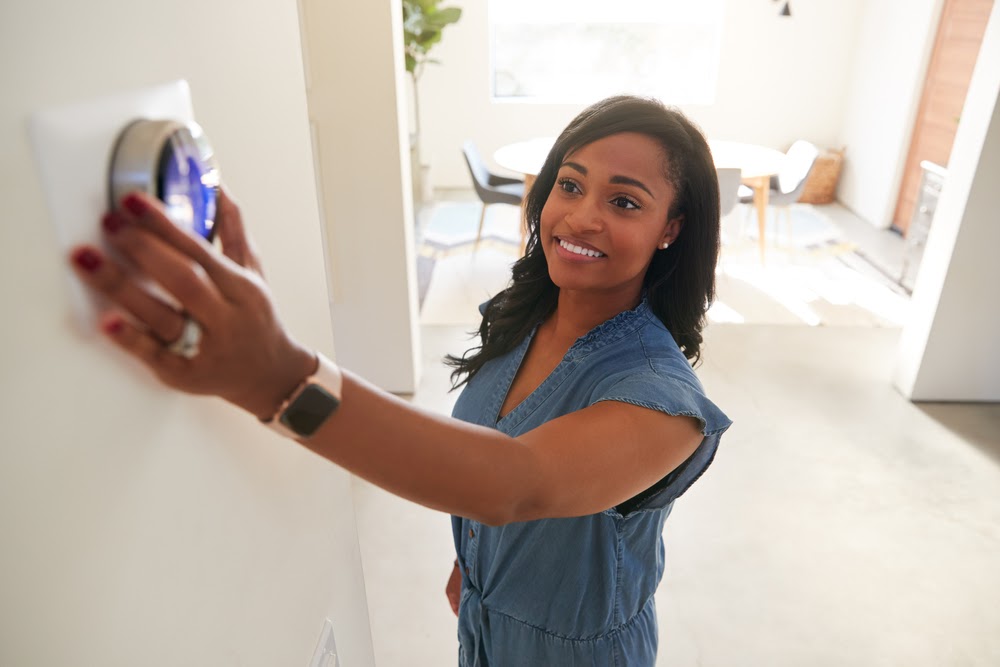How to Conduct an Energy-Efficiency Audit
In many parts of the United States the seasons are changing. The summer heat is starting to cool, and fall is technically here. And in the blink of an eye, winter and it’s cold winds will fall upon many households. While the HVAC might see a reprieve in use, when the heat turns on, the temperature and the bill might soar.
Homeowners might already be eyeing their monthly energy bills in disbelief. Maybe summer was brutal. Or perhaps there is energy misuse. Curious why those bills are rising, even if the HVAC is off? Conduct an energy-efficiency audit to spot energy drains, save money and even decrease the carbon footprint! The Earth will thank you!
Ready to conduct the household energy audit? Here’s what to do!
What is an Energy-Efficiency Audit?
Homeowners might not even know about an energy-efficiency audit. Is this term new? An energy efficiency audit is the same as a home energy audit. This type of audit requires the homeowner to analyze all the energy use in the home…yes, all of it!
What will homeowners need to conduct their audit? Grab several old bills (maybe the past three months) for electricity, gas and water. Those old bills are important as they can help homeowners identify patterns. However, many homeowners might not need to gather multiple months of bills. Many utility companies will provide a month-to-month breakdown of use on a current bill.
Conducting an energy-efficiency audit can be time-consuming, so homeowners should factor in some time to do a thorough audit. Rushing the audit can cause the homeowner to miss details, and every plug, faucet and appliance counts!

Conducting the Energy-Efficiency Audit
Homeowners can conduct their own energy-efficiency audit or they can hire a pro. Home Advisor notes that a professional audit will cost, on average, about $400. However, the cost can be much higher or even lower. Homeowners might want to secure multiple bids to find the best price for their area.
While conducting a DIY audit is free, it’s also not for every homeowner. The audit will require the homeowner to visit each room in the home and note the energy use in that room. So what are homeowners looking for in each room?
During the energy-efficiency audit:
- Check all wall outlets and powerstrips. Unplug any gadget or appliance that isn’t in use. If the coffee maker is displaying the time, it’s using electricity. These lights use energy, and they are an energy drain!
- Look at pipes and faucets and feel for leaks and drips. A leaky pipe or even a dripping faucet is causing water waste…and a leaky pipe could lead to damage. Fix all leaks or schedule a plumber to service any issues.
- Switch out light bulbs to energy efficient lighting options. Hopefully, homeowners should have already tossed out the old incandescent bulbs. If not, upgrade to LED.
- Adjust the thermostat on the HVAC. Yes, really cool air feels good in the summer, but it’s wasteful. In summer, opt for 78 degrees Fahrenheit. During winter, nudge the thermostat down to 68 degrees Fahrenheit.
- Check around doors and windows for air leaks. If air is leaking into the home, the HVAC will work harder! Make sure all doors and windows are properly insulated.
- Feel for any room drafts. Most homeowners know if a room is cooler than others during the winter or hotter during summer. If this is a problem, consider hiring a pro to check insulation.
To ensure that homeowners don’t miss any details, use Benefyd’s home energy audit guide! Homeowners also can download Benefyd to help them conduct their audit. Have recent bills on hand, as the app will require homeowners to enter energy use data. Homeowners also will have to take a picture of every room in their home. Then the app will help identify any energy drains. In addition, Benefyd also can help homeowners find valuable rebates in their area!

How to Make a Home More Energy Efficient
Once homeowners finish their energy-efficiency audit, they will be able to make the necessary changes to transform their home into a more energy efficient environment. Beyond the identifiable changes from the audit, though, there are other ways that homeowners can make energy-efficient upgrades.
When older appliances are near the end of their life, consider upgrading them to an energy-efficient model. Over time, energy–efficient appliances can save money and decrease energy waste. As heating and cooling dominates the energy use of the home, an energy-efficient HVAC could save a decent amount of money over its lifetime.
Homeowners also can make small changes to decrease their energy waste, too. Turn off the faucet when washing hands (or brushing teeth). Don’t open and close the fridge constantly. Close the drapes during a hot summer day. Use a ceiling fan to circulate warm and cool air. And only run full loads of dishes and laundry!
An energy-efficiency audit can help homeowners identify changes they need to make throughout their home, upgrading appliances and decreasing energy-wasting bad habits also can help homeowners save money and energy…and decrease their imprint on the planet!


